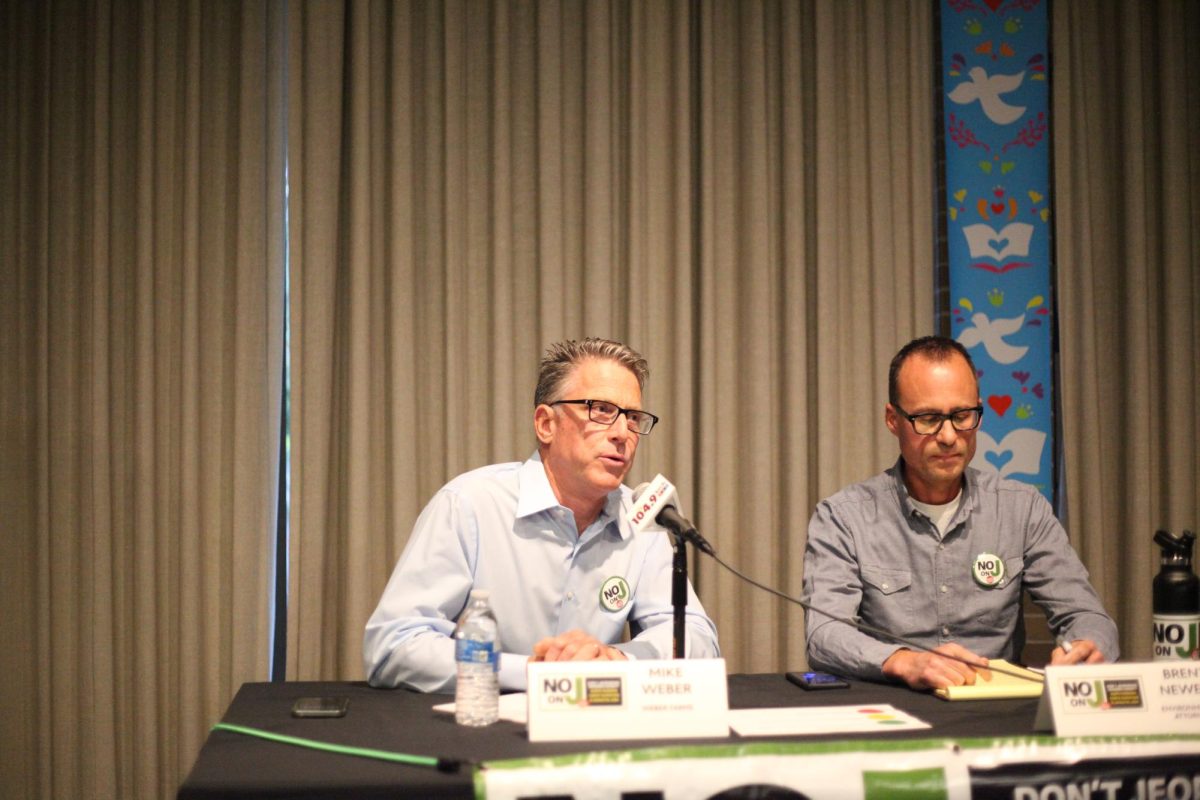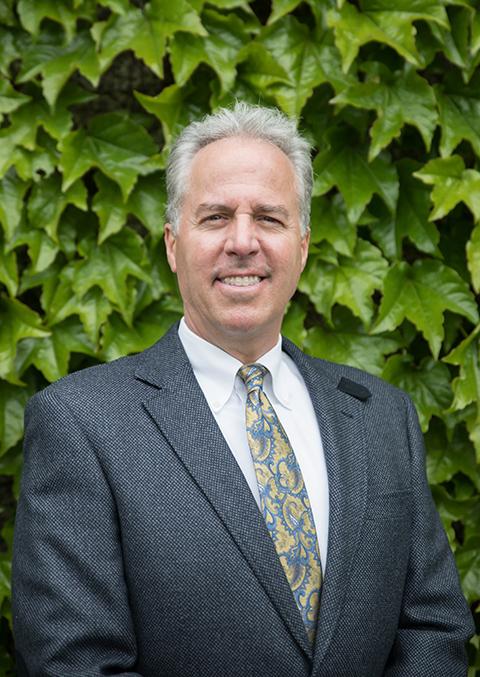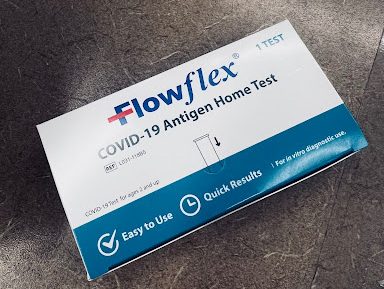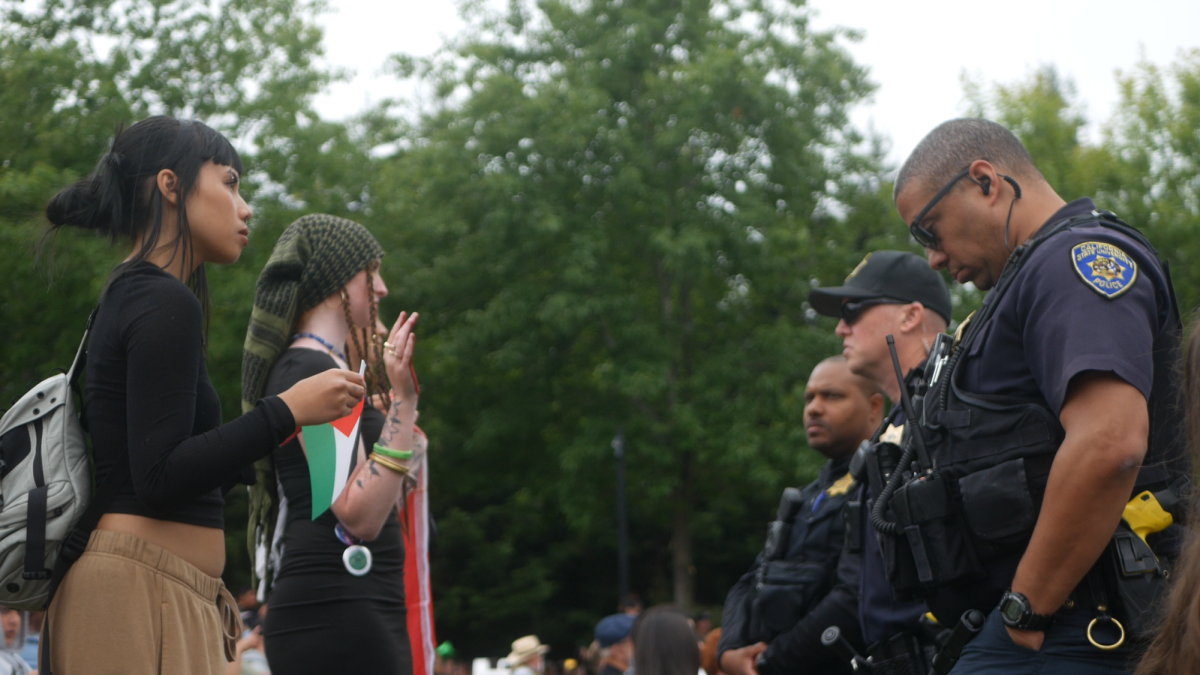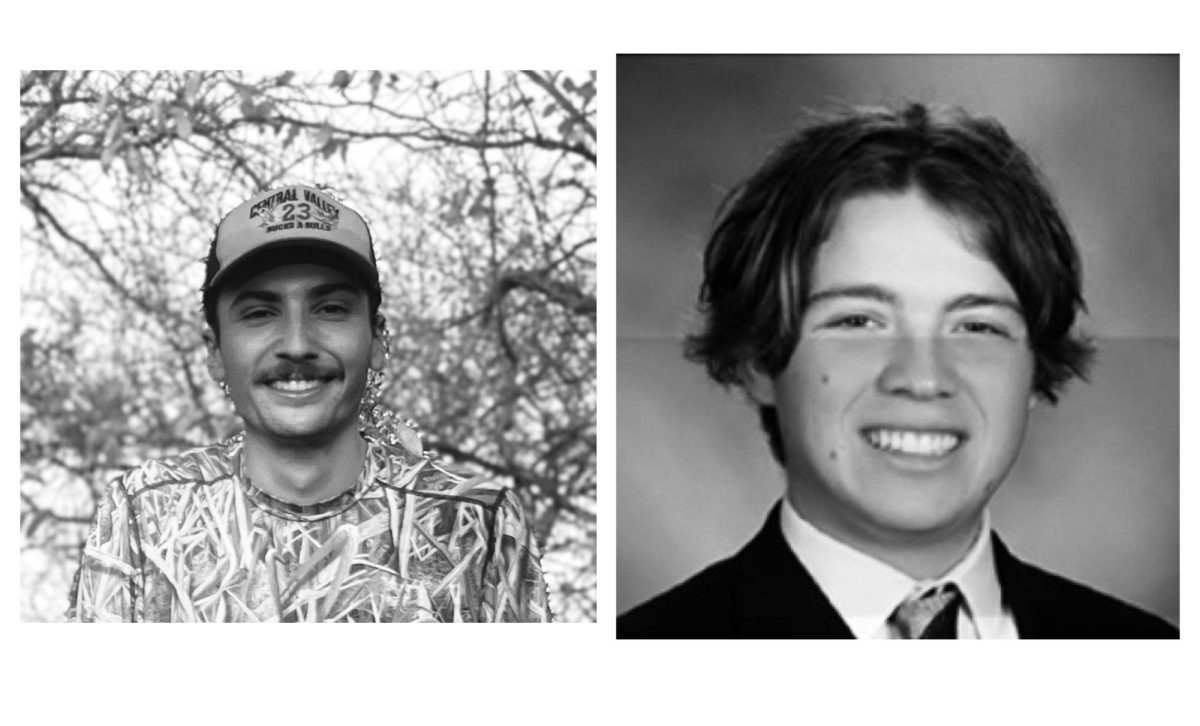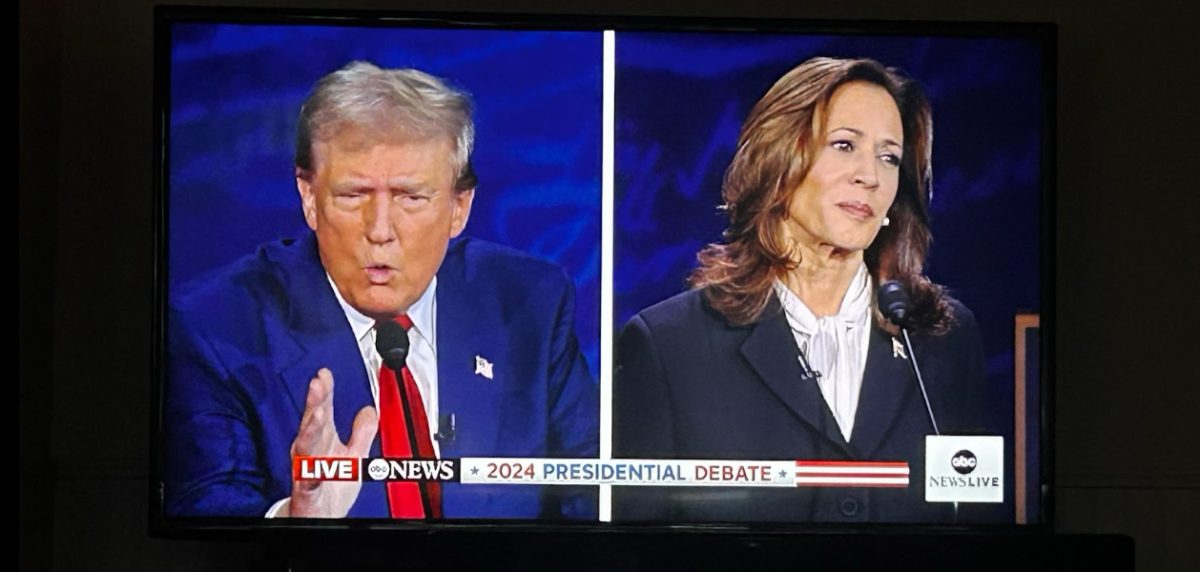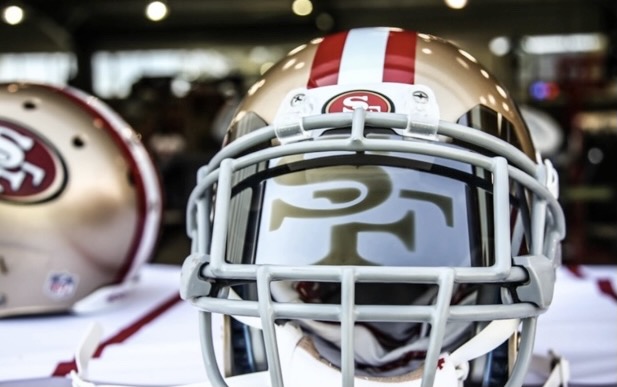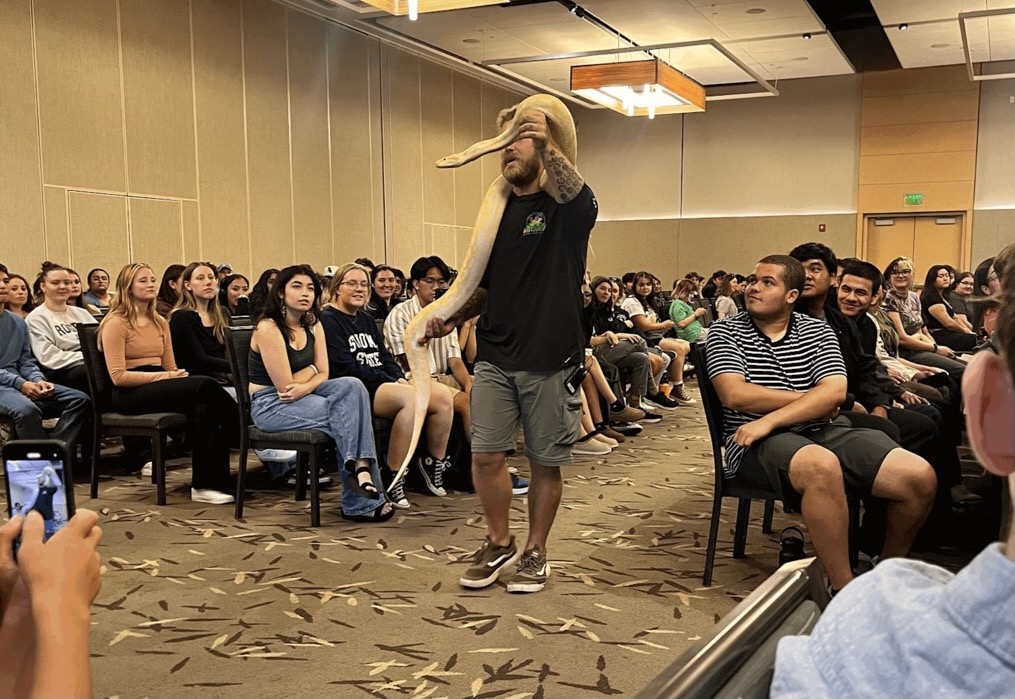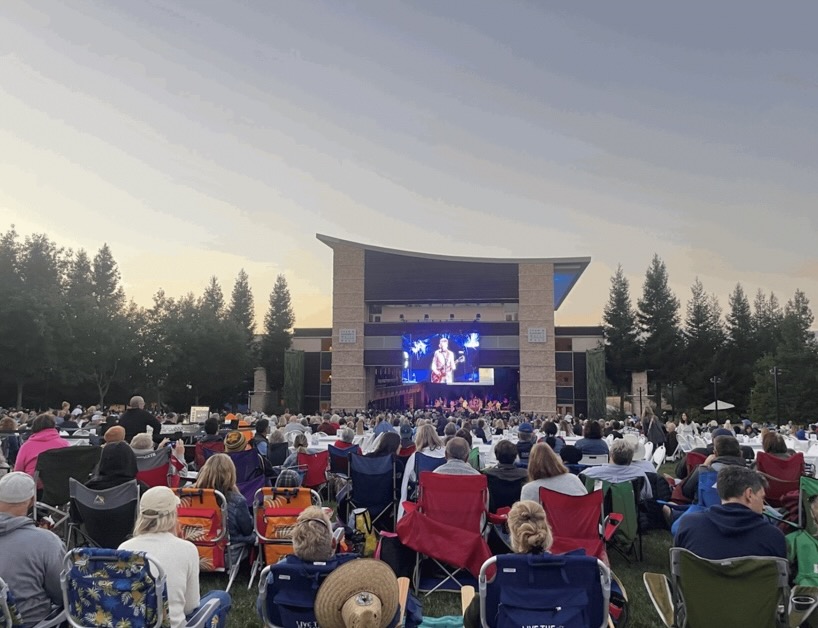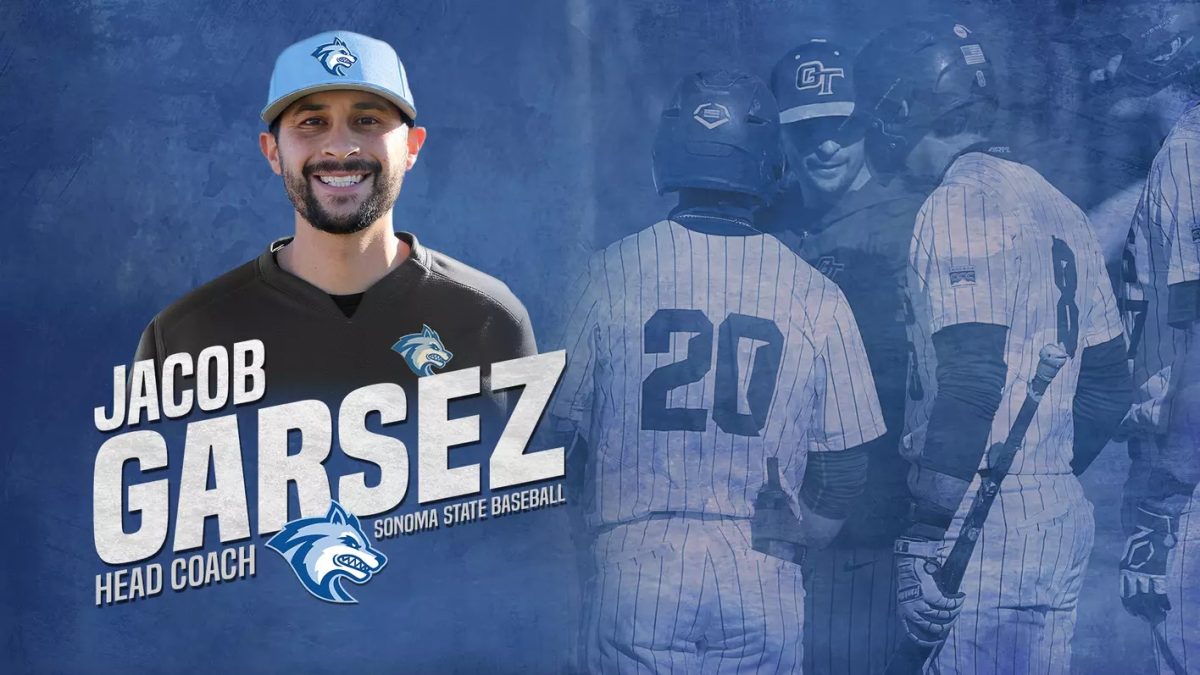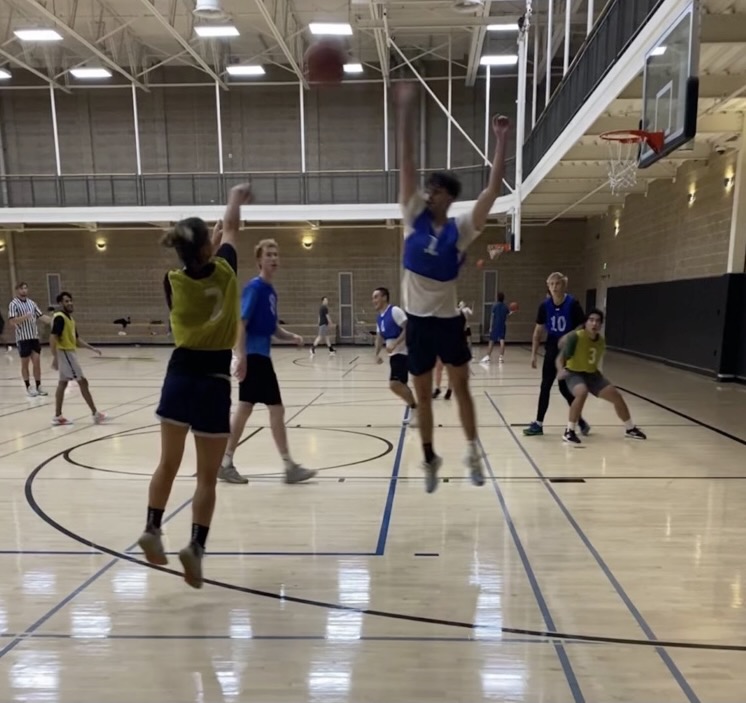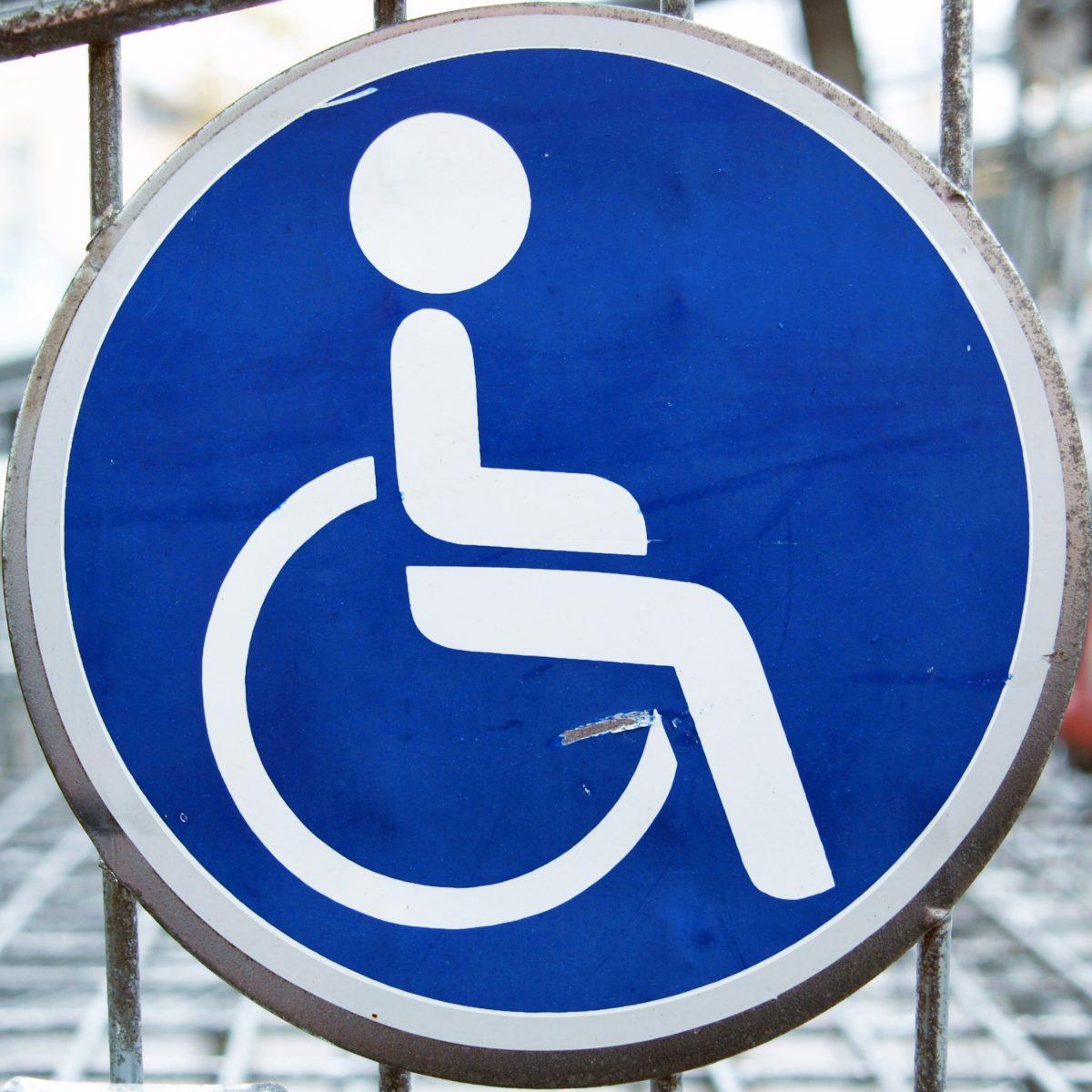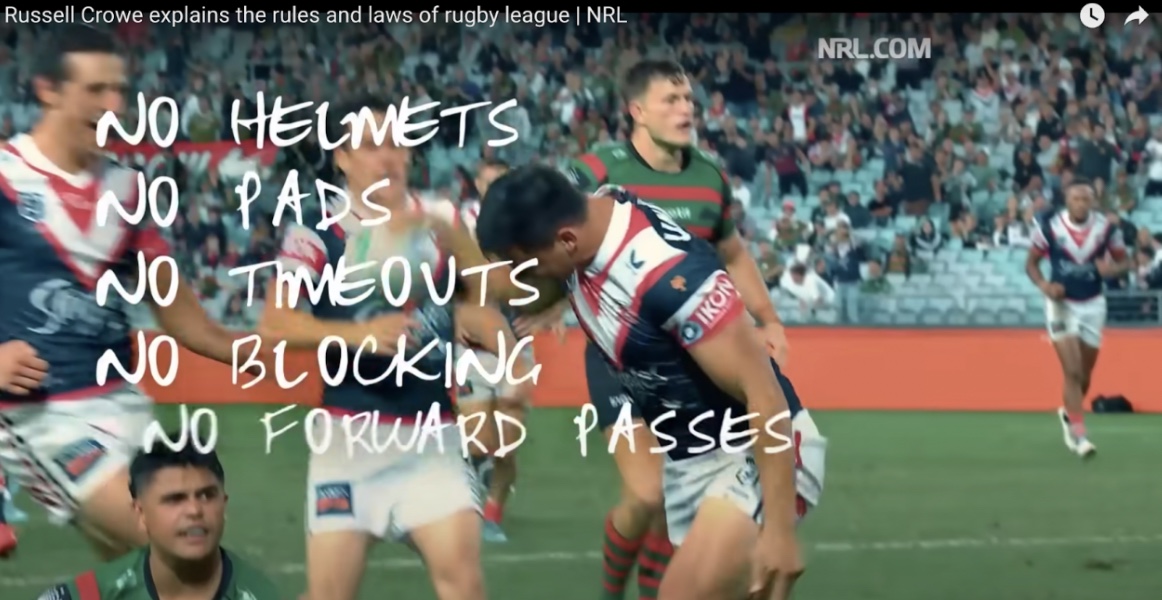Correct terminology is something that is always evolving.
Each year, people get enlightened more about the terms they may be using that could be offensive to other people.
Saying “a disabled person” is defining that person as disabled whereas saying “a person with a disability” allows for it to be known that that individual is still a person, they just happen to have a disability.
This was one of the many topics covered by Disabilities Services for Students at Inclusivity 101 that took last Thursday as a part of Disabilities Awareness Month.
Maggie Simms, the disability management advisor for DSS lead a presentation and conversation about how to be more inclusive on this campus and in our everyday lives.
One of the topics Simms discussed was the difference between hidden and visible.
Hidden disabilities are ones that may not be visible, such as dyslexia, depression or bipolar disorder, whereas visible disabilities are ones that are more apparent, such as cerebral palsy.
Knowing the difference between these are especially important so people are not quick to judge.
Simms gave the example of seeing someone with a blue handicap marker hanging in there car.
If they do not have a wheelchair or other form of metal medical assistance, many people are quick to assume they are taking advantage of the system.
One of the most important topics discussed at this event was the idea of universal design.
Universal design is the concept that all buildings should be designed with all people with disabilities in mind.
This means having ramps that enter the building if there are stairs, having elevators for buildings with multiple floors and technology screens for those that may have visual impairments.
Universal design at Sonoma State University was mentioned multiple times during the event.
One of the ways Sonoma State can improve in helping students with disabilities is in the classroom said Jack Nyugen the alternate media/assistive technology specialist for DSS.
Nyugen works specifically with students to help make sure they have all classroom materials available to them.
“The majority of materials that student receive from their instructor is printed material, that is where many hidden disabilities come in,” said Nyugen. “Providing learning materials in multiple formats whether or not instructors are required to would be an improvement,” said Nyugen.
There are so many little things that can be done on a campus to make it feel like a more inclusive space Nyugen said.
Along with using inclusive language and making sure all buildings are universally designed, there are small steps that can be taken in the classroom as well.
“Captioning on movies or any videos shown in classes or during special events on campus and having information available in different formats are two things that can easily be done to increase inclusivity and equal access in and out of the classroom at Sonoma State,” said Simms.
With things like the 24-hour labs and more professors putting alternate forms of texts and reading on Moodle, Nyugen believes Sonoma State is taking steps in the right direction to make this campus a more inclusive place.

